
Project six: The big project
The Mission - Capture the Milky Way galactic core in nighttime scenes
Time - Two hours
Skill level - Advanced
Kit needed - Tripod - Torch - Wide-angle lens - Astronomy app
Whether you're just getting started with astrophotography or you've been fumbling around in the dark for years, the galactic core of the Milky Way is one of the most spellbinding areas of the night sky. And you don't need a specialized kit to capture it: all you need is your Nikon, a tripod, and a decent wide-angle lens. In this project, we'll show you how to shoot for the core, which settings you need and how to add impact to the shot by light-painting the foreground.
A shoot like this is all about planning. We need to know where the cluster of stars that make up the core will be and when, and we need to know that they'll be visible otherwise there's no point staying up late. (The Milky Way core is only visible at certain times of year.)
It's easiest to capture stars when the sky is at its darkest: this means waiting until the Moon - the brightest object in the night sky - is in the new moon phase. This doesn't necessarily mean you can't capture it at other times. We went out with the moon in its first-quarter phase, with the light at 56% of its full moon strength. By waiting until after the moonset (the time when the moon disappears below the horizon) we could form a clearer picture of the stars.
Shooting stars
PLAN YOUR NIGHT-TIME SHOOT TO ENSURE A CLEAR VIEW OF THE MILKY WAY
1 Bring a tripod
Tiny vibrations can ruin star sharpness, which is why it's vital to have a sturdy tripod. Prevent camera shake by setting mirror lockup or a two-second delay, so that (for DSLRs) the mirror doesn't cause vibrations. A wireless shutter release can also help to prevent shake caused by touching the camera.
Esta historia es de la edición September 2022 de N-Photo: the Nikon magazine.
Comience su prueba gratuita de Magzter GOLD de 7 días para acceder a miles de historias premium seleccionadas y a más de 9,000 revistas y periódicos.
Ya eres suscriptor ? Conectar
Esta historia es de la edición September 2022 de N-Photo: the Nikon magazine.
Comience su prueba gratuita de Magzter GOLD de 7 días para acceder a miles de historias premium seleccionadas y a más de 9,000 revistas y periódicos.
Ya eres suscriptor? Conectar
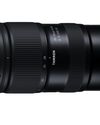
Tamron 28-75mm f/2.8 Di III RXD G2
The original version broke the mould for ‘trinity' standard zooms. The G2 enhances handling and performance further still
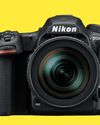
Nikon D500
Nikon's flagship DX-format DSLR is a modern classic. And while it hasn't been out of production for long, it left a hole in Nikon's camera line-up that's never been filled

Laurence Griffiths
With so much sporting action this summer, Laurence Griffiths of Getty Images reveals how to catch every goal at the Euros, details Getty Images' 24/7 Olympics coverage and why he always has a wide-angle ready. Keith Wilson managed to grab him before kick-off...

Ghost town
Adam Waring uses ND filters to subdue the hustle and bustle when shooting busy cities

Creative cities
Experienced travel photographer Matt Higgs provides top tips for stunning shots of city sights
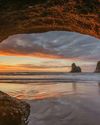
If at first you don't succeed...
Tom travels to the other side of the world to have another go at shooting an elusive image and displays the power of his perseverance
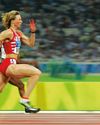
Shoot the summer of sports
Have the Olympics and Euros inspired you to photograph sport? Mike Harris shows you how to score a portfolio of top shots
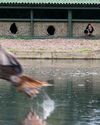
Osprey & prey
Birds of a feather Gary Jones and Leigh Pugh photograph ospreys from a purpose-built hide
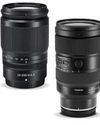
Superzoom lenses
These lenses will have you in for a long stretch, some more than others in the wide-angle to telephoto stakes
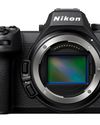
Nikon Z 6III
With a revolutionary 'partially stacked' full-frame sensor, the Z 6III fits flagship camera features in an compact enthusiast-level body